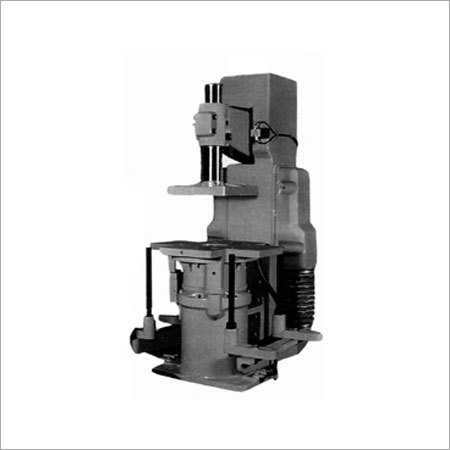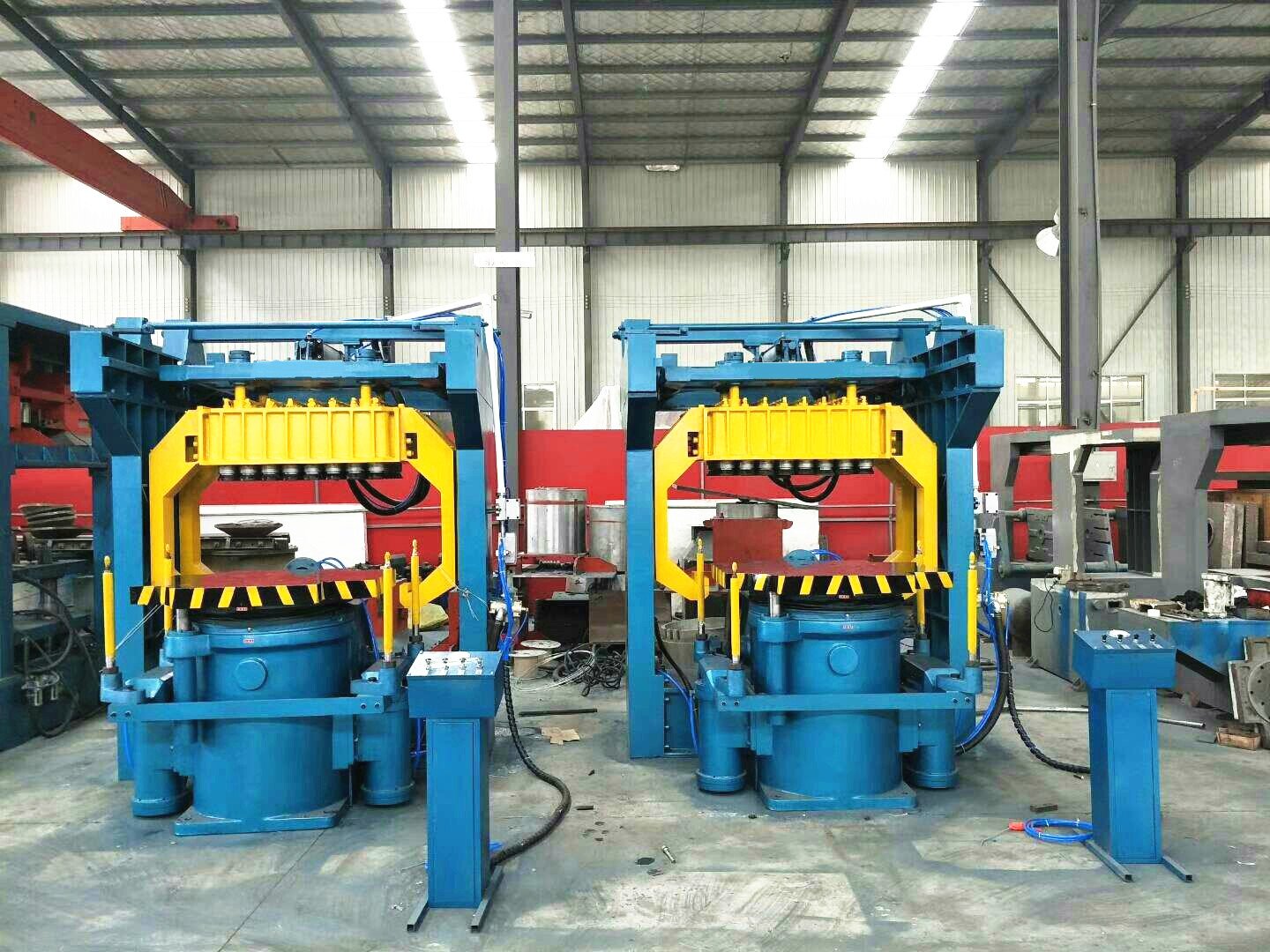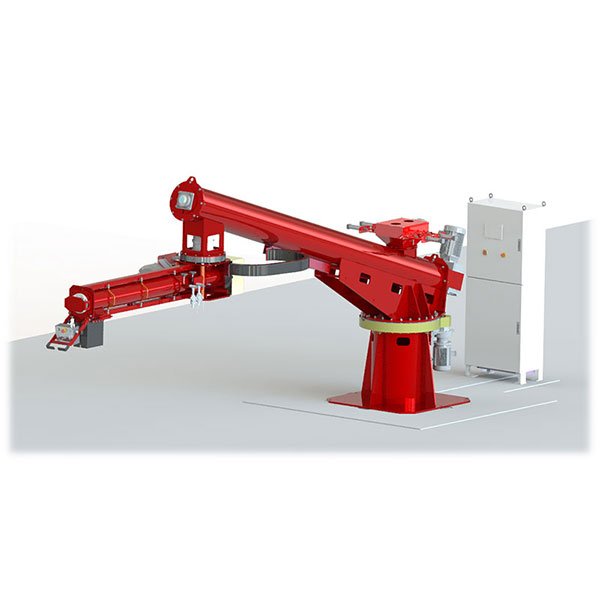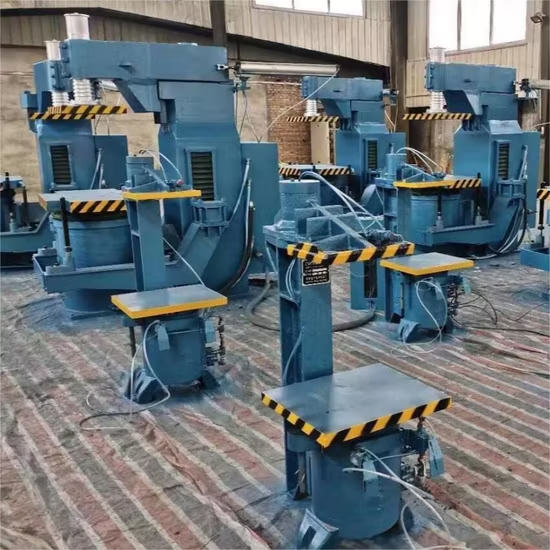Tired of spending countless hours fixing coating failures or dealing with surface prep complaints from your paint team? You’re not alone. A rotary table shot blasting machine isn’t just another piece of heavy equipment — it’s often that one missing puzzle piece that makes everything else work smoothly on your shop floor.
What Is a Rotary Table Shot Blasting Machine?
Think of it as that reliable colleague who never gets distracted, never misses a spot, and always delivers consistent results.
The core idea is simple but powerful: a solid rotating table holds your parts (from massive engine blocks to delicate aluminum housings). As the table turns, high-speed turbines bombard every angle with steel shot or grit. No awkward edges left untouched, no hidden rust patches to surprise you later.
I’ve walked through dozens of workshops where people were stuck with manual blasting guns, struggling for uniformity. Almost every time, they say the same thing after installing this system: "We should have done this a long time ago."
Why Do So Many Shops Love It?
✅ Consistent Surface Prep That Painters Actually Appreciate
Painters often take the blame for poor adhesion, but the truth is, surface prep is usually the real culprit. With a rotary table machine, every part gets an even, reliable roughness profile — making your coatings stick better and last longer.
Some of our customers told us they went from weekly coating failures to almost none within the first year after switching.
✅ Handles Delicate or Awkward Parts
Not all parts can be tumbled or sent down a roller conveyor. We worked with a client producing thin-walled valve bodies; they kept cracking during manual blasting. Once they adopted a rotary table setup, they almost completely eliminated scrap from deformation.
✅ A Real Jump in Throughput
Instead of cleaning each part by hand, operators can load several at once, start the cycle, and prep another batch in parallel. One client in Poland mentioned they nearly doubled weekly output after moving to rotary table blasting — and finally had time to take on new orders.
✅ Happier People, Less Turnover
Let’s be honest — nobody loves standing in a blasting room for hours in heavy PPE. After switching, we’ve had shop managers tell us that operators stopped avoiding the blasting station. In some shops, blasting even became the "preferred" rotation because it was less physically exhausting.
Where Do People Use It?
- Engine components: heads, blocks, gear housings
- Oil & gas: pump bodies, heavy-duty valves
- Large welded structures, frames, and forgings
- Any odd-shaped metal parts needing uniform prep before coatings
Example Specs (Typical Ranges)
| Parameter | Specification |
|---|---|
| Table diameter | φ800 – φ3000 mm |
| Load capacity | 500 kg – 3000 kg |
| Turbine quantity | 1 – 4, depending on coverage needs |
| Blast wheel power | 7.5 – 22 kW each |
| Finish standard | Sa2.5 – Sa3.0 |
| Cycle time | 5 – 15 minutes on average |
Keep in mind: specs are just a starting point. We’ve seen workshops that needed custom setups with reinforced tables or hybrid loading systems.
📸 Glimpse Into Real Workshops

Caption: Left: surface oxidation and residues. Right: uniform, clean, and ready for primer.

Caption: Inside look at the blast chamber — designed to reach every angle.

Caption: Automation helps handle heavy or delicate parts safely.
❓ FAQs — From Real Conversations
What kind of parts really benefit from this?
Mainly medium to large single parts, odd shapes, or delicate castings that can’t survive tumbling.
How good is the surface prep?
Sa2.5 is standard for most coatings. If you’re dealing with marine-grade or special chemical coatings, Sa3.0 is possible but usually means longer cycles.
Can I fully automate loading?
Absolutely, but be ready for some initial integration work. Some shops start with manual loading and add automation later.
What about maintenance headaches?
Honestly, it’s straightforward. Change worn blast wheels on schedule, keep bearings greased, and don’t ignore your dust filters. Most maintenance is preventive rather than reactive.
How much floor space do I really need?
If you’re tight on space, compact models can fit into 8 m². Big, fully automated lines? You might need 20 m² or more — plan for future expansions.
Does it really pay off?
Short answer: yes. Many workshops recover their investment within 1–2 years, thanks to reduced manual labor, fewer quality complaints, and higher throughput.
🌟 Why Work With Us?
- We’ve delivered over 500 rotary and specialty shot blasting machines worldwide — and we’ve seen almost every type of workshop challenge.
- Our engineers have actually spent time on production floors, not just in offices.
- We design each proposal based on your parts, your workflow, and your goals.
- Post-install support isn’t an afterthought — it’s part of the deal. We keep spare parts on hand and offer practical remote or on-site help.
✅ Final Thoughts
A rotary table shot blasting machine isn’t just a machine — it’s a new way of thinking about prep work. You stop worrying about uneven surfaces, stop stressing your team with exhausting manual blasting, and start delivering higher quality parts, consistently.
We’ve watched teams transform not just their output, but their overall morale and capacity to grow.
💡 Curious what it might do for you?
📩 Contact us — let’s talk about your parts, your line, and what you’d like to fix or improve.







